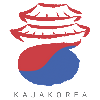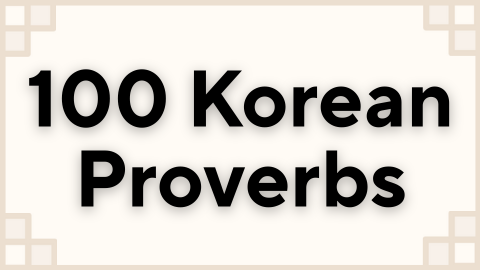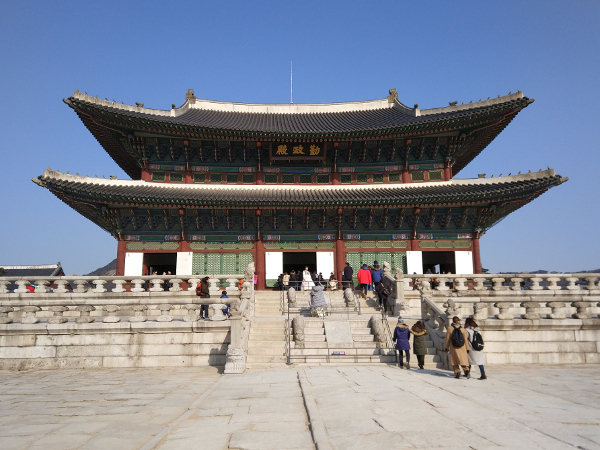Korean Lessons ᚛ Level 1 - My First Steps in Korean (Lessons 1 to 30) ᚛ Lesson 7 - Liaison in Korean
Liaison in Korean
Classic liaison
In some languages, a liaison happens when a word ends with a consonant and is followed by a word that begins with a vowel. In making the liaison, the consonant is pronounced and becomes part of the following word.
Remember that in Korean, consonants are not always pronounced the same depending on whether they are at the beginning or the end of a syllable, so you have to adapt! A liaison is created when a syllable ends with a consonant and the following syllable begins with a vowel sound, i.e. the silent consonant ㅇ.
한국어 (= Korean language) is composed of:
- 한
- 국
- 어
However, 국 which ends with ㄱ and 어 which begins with ㅇ follow each other, so there is a liaison. Imagine the word as if ㄱ became the initial consonant of the following syllable.
In our mind, we could imagine this: [한구거].
- 한
- 구
- 거
한국어
먹었어 (= I ate) is composed of:
- 먹
- 었
- 어
But beware, there are two liaisons here!
Between 먹 and 었, a liaison occurs and you should imagine that ㄱ becomes the initial consonant of 었.
Equally between 었 and 어, another liaison occurs and you should imagine that ㅆ becomes the initial consonant of 어.
We can then imagine the word 먹었어 as follows: [머거써].
- 머
- 거
- 써
먹었어
Liaison with compound consonants
Learn more
Liaison with a space
Be careful, if a space is present between two syllables, the liaison may be different.
Learn more
Exercices
Learn more
You already know some vocabulary and sentence structures… But when you listen to Koreans speak, do you ever feel like something is missing, the meaning behind the words, the cultural nuance that makes the language truly come alive?
That’s completely normal. In Korean, proverbs and idiomatic expressions are essential to understanding how Koreans think and communicate. Without them, you can speak, but your language will feel flat and overly literal.
With 100 Korean Proverbs - Illustrated and Explained, you’ll understand not only what Koreans say, but why they say it, and what each expression reveals about their mindset and culture.
Learn more

